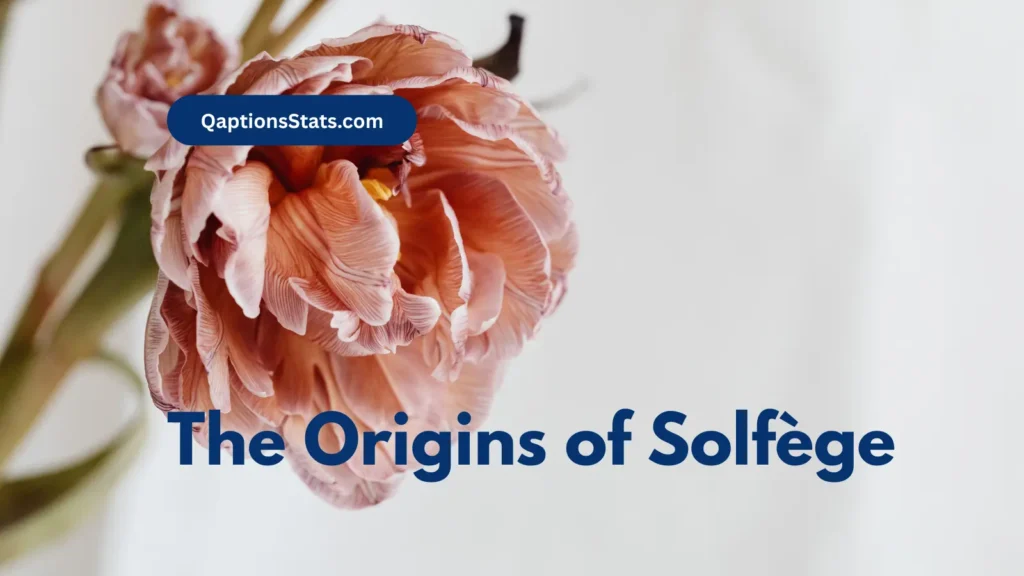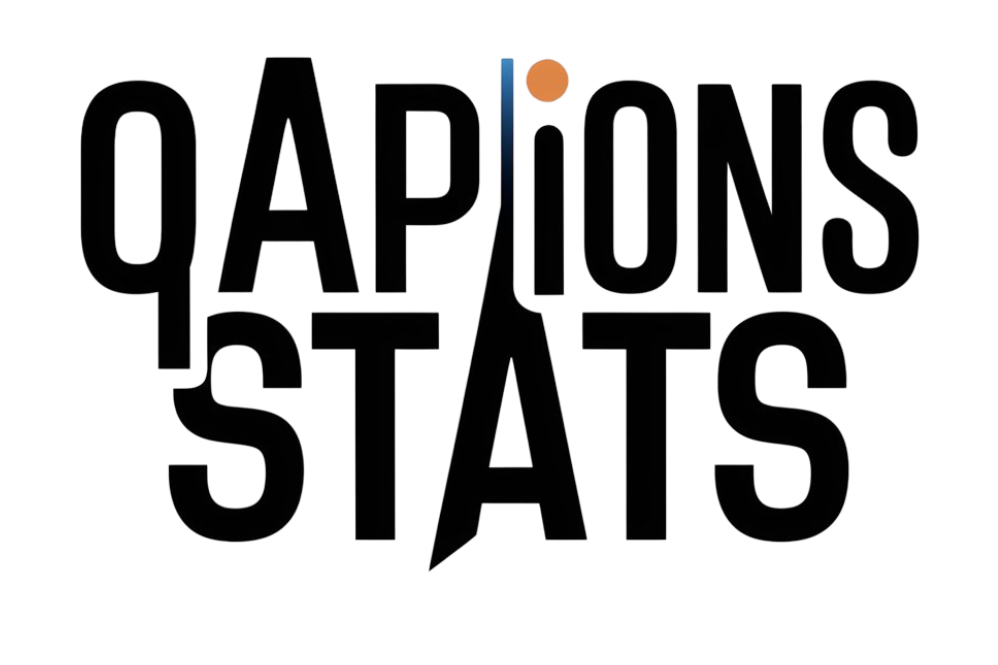Solfège, also known as solfeggio or solfa, is a foundational method in music education that assigns specific syllables to the notes of a musical scale. This system helps musicians develop pitch recognition, sight-singing abilities, and overall musical literacy. By internalizing the relationships between notes, learners can enhance their musical understanding and performance skills.
The Origins of Solfège

The concept of solfège dates back to the 11th century, introduced by Guido of Arezzo, an Italian monk and music theorist. Guido devised a method to teach singers how to read music using syllables derived from the Latin hymn “Ut queant laxis.” These syllables were:
- Ut
- Re
- Mi
- Fa
- Sol
- La
Later, “Ut” was replaced with “Do” for smoother vocalization, and “Si” (which became “Ti” in English-speaking countries) was added to complete the seven-note scale. This system helped singers quickly learn and memorize melodies by assigning a consistent syllable to each pitch.
See Also: 555 Meaning: What It Really Means When You Keep Seeing This Angel Number
Understanding the Solfège Syllables
The standard solfège syllables that correspond to the major scale are:
- Do
- Re
- Mi
- Fa
- Sol
- La
- Ti
- Do (octave)
These syllables help musicians internalize pitch relationships and develop aural skills. Each syllable represents a degree of the scale, allowing learners to understand intervals and musical structure more deeply.
Fixed Do vs. Movable Do
There are two main approaches to solfège: Fixed Do and Movable Do.
Fixed Do
In the Fixed Do system, each solfège syllable is assigned to a specific pitch:
- Do = C
- Re = D
- Mi = E
- Fa = F
- Sol = G
- La = A
- Ti = B
This system is commonly used in countries with Romance languages and is effective for absolute pitch identification.
See Also: SMH Meaning + Hiatus Meaning | 2025
Movable Do
In the Movable Do system, “Do” represents the tonic of the current key. For example:
- In G major: G = Do, A = Re, B = Mi, and so on.
- In F major: F = Do, G = Re, A = Mi, etc.
Movable Do focuses on the functional relationships between notes and is popular in English-speaking countries for its emphasis on relative pitch and key structure.
Applications of Solfège

1. Ear Training
Solfège is a core component in developing aural skills. Regular practice with solfège helps musicians:
- Recognize intervals
- Match pitches accurately
- Improve intonation
This is crucial for both vocalists and instrumentalists.
2. Sight-Singing
Solfège syllables help students learn to sight-sing, meaning they can read and vocally perform music they’ve never seen before. This is especially helpful in choir settings and music theory classes.
3. Memory and Retention
Because each pitch is tied to a syllable, it becomes easier to memorize melodies and internalize musical patterns. This structured repetition enhances musical memory.
Solfège Hand Signs
Hand signs are a visual and kinesthetic tool used alongside the solfège syllables, popularized by John Curwen and later adopted by the Kodály Method.
Each syllable has a unique hand gesture:
- Do: Fist at waist level
- Re: Palm angled downward at chest level
- Mi: Flat hand horizontal
- Fa: Thumb down (like a hitchhiker)
- Sol: Palm facing outward like a wall
- La: C-shaped hand near shoulder
- Ti: Pointing finger upward
- Do (octave): Return to fist but higher
These gestures help reinforce pitch direction and interval recognition, especially for children or beginners in group learning environments.
Read Also: 222 Meaning: What This Powerful Number Really Tells You
Solfège in Modern Music Education
Today, solfège is used at various levels of music education:
- Elementary Schools – Introduced through fun singing games and activities
- High Schools – Formal training in music classes or choir
- Conservatories – Intensive sight-singing and aural skills development
- Self-Learning – Apps and online programs offer interactive solfège practice
Solfège bridges the gap between theory and performance, making it a universal tool for both classical and contemporary musicians.
Hiatus Meaning: More Than Just a Pause
The word “hiatus” might seem simple, but it has several nuanced meanings depending on the context.
1. General Definition
At its core, a hiatus is a pause or gap in a sequence, process, or activity. It implies a temporary stop rather than a permanent end.
2. In Television and Media
A hiatus often refers to the period between the airing of episodes or seasons of a TV show. For instance, a show may go on hiatus during summer and return in the fall.
3. In Linguistics
In phonetics, a hiatus happens when two vowel sounds occur together in adjacent syllables, as in the word “naïve.”
4. In Anatomy
An anatomical hiatus is a natural opening or gap in a body structure. For example, the esophageal hiatus is the opening in the diaphragm through which the esophagus passes.
Alternatives to “Hiatus”
Depending on the situation, you might want to use a synonym of hiatus that fits more naturally into the context. Below are some alternatives:
For Casual or Daily Use:
- Break – a general term for stopping activity temporarily
- Pause – a brief and momentary stop
- Time-out – informal and used for short rests
For Formal or Professional Contexts:
- Recess – common in academic or legal settings
- Intermission – typically used in performances or cinema
- Adjournment – used in meetings or legal contexts
For Creative and Artistic Use:
- Interlude – a brief episode or musical break
- Interval – used in both music and stage shows
- Respite – a short period of rest from a difficult task
For Extended Absences:
- Sabbatical – often used in academic or corporate environments for extended leave
- Break in continuity – used in publishing, broadcasting, or storytelling
Using the correct synonym enhances your writing’s tone, making it more precise and appropriate for your audience.
Combining Solfège and Hiatus in Practice
You might be wondering what solfège and hiatus have in common. Here’s where it gets interesting:
- Musical Hiatus: In musical composition or performance, a hiatus might refer to a pause or rest. Composers use rests intentionally for emotional impact or musical tension.
- Solfège & Rhythm: Learning solfège includes understanding when to sing and when to pause — thus, recognizing a hiatus or rest within a score is crucial for accurate performance.
By mastering solfège, musicians not only learn pitch but also the rhythmic flow, including how to effectively manage pauses or breaks — a critical skill in live performances.
Real-Life Benefits of Solfège
Students and professionals alike find that solfège improves:
- Confidence in performance
- Better music sight-reading
- Stronger musical memory
- Improved tonal center awareness
- Greater understanding of harmonic structure
In short, solfège makes you a well-rounded musician—more in tune, more expressive, and more intuitive.
Why Every Musician Should Learn Solfège
Whether you’re a beginner or a seasoned musician, solfège can revolutionize how you hear, perform, and feel music. It doesn’t just teach you to sing — it trains your brain to think musically. And in a world where music is a universal language, solfège gives you the vocabulary to speak it fluently.
Conclusion
Solfège is more than just a set of syllables—it’s a powerful tool that enhances every aspect of musical learning. From ear training to sight-singing, from theory to performance, it sharpens your skills and deepens your musical understanding. On the other hand, understanding a term like hiatus and its alternatives enriches your communication, whether you’re writing, speaking, or performing.
So whether you’re hitting the high notes of “Do-Re-Mi” or taking a temporary “hiatus” from your practice schedule, knowing these terms empowers you to engage more meaningfully with music — and with language.



